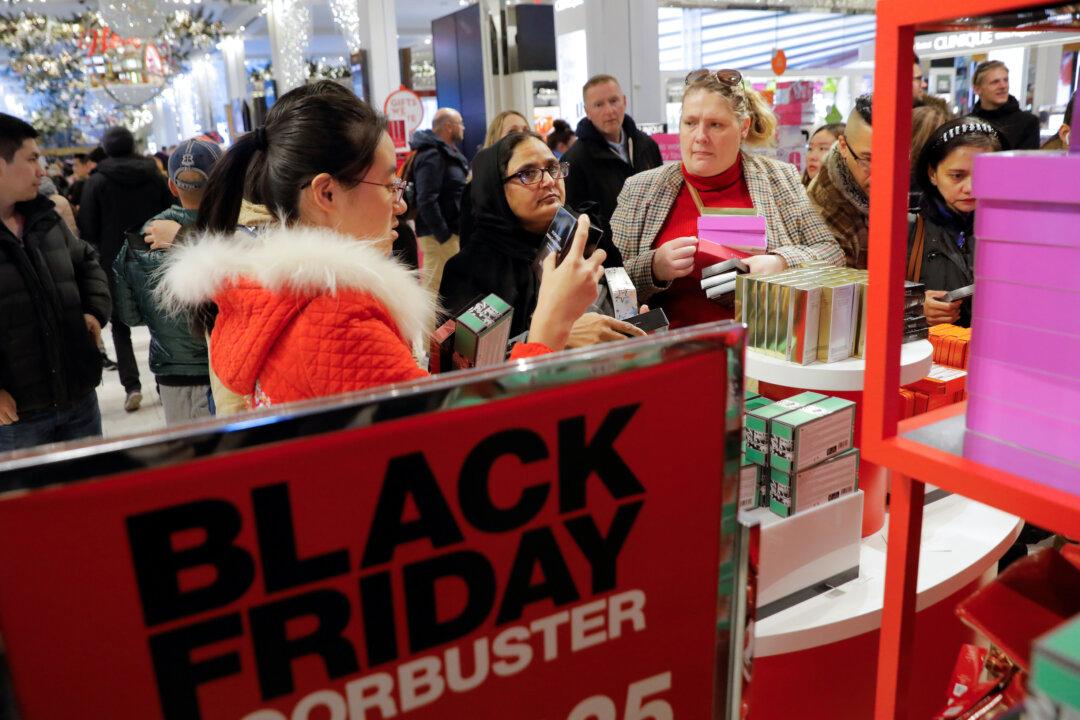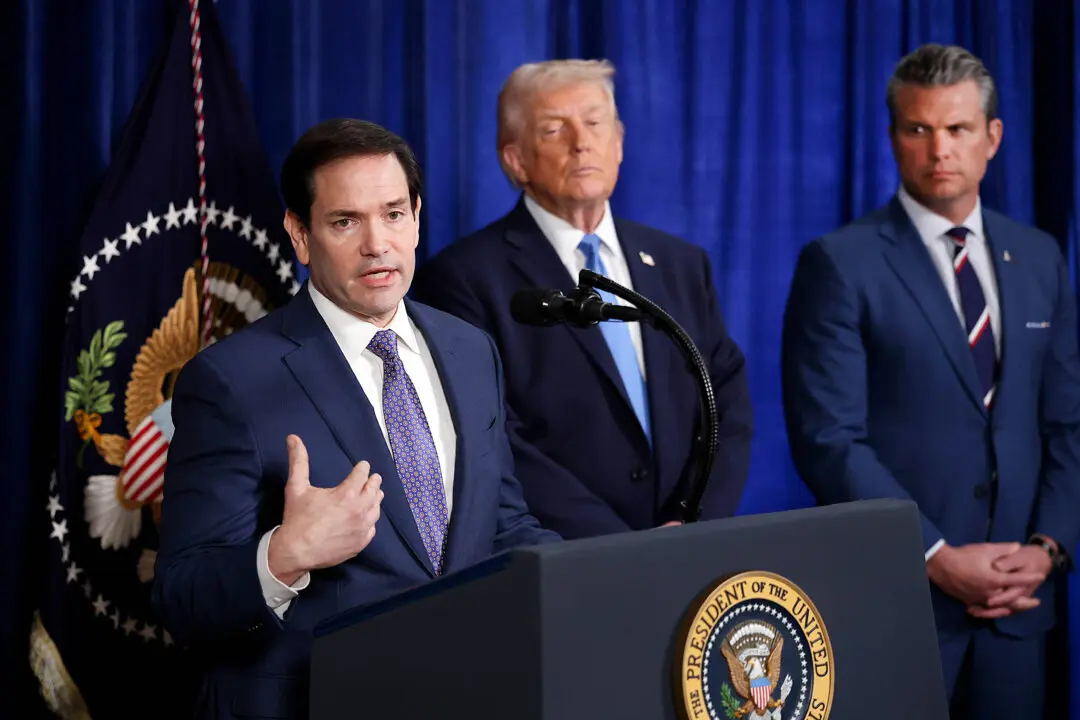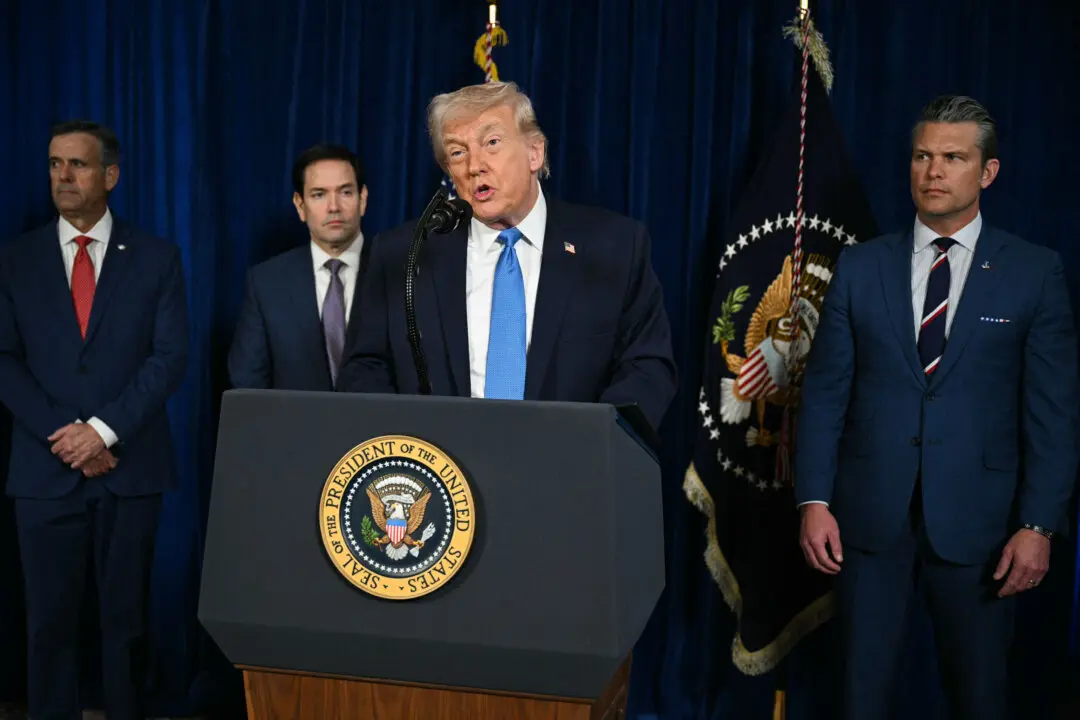WASHINGTON—Retailers expect a blockbuster holiday shopping season this year, thanks to positive consumer sentiment driven by tax cuts, among other factors.
Industry-watchers expect a 4 to 5 percent surge in holiday retail sales, but warn of potential price increases next year.





